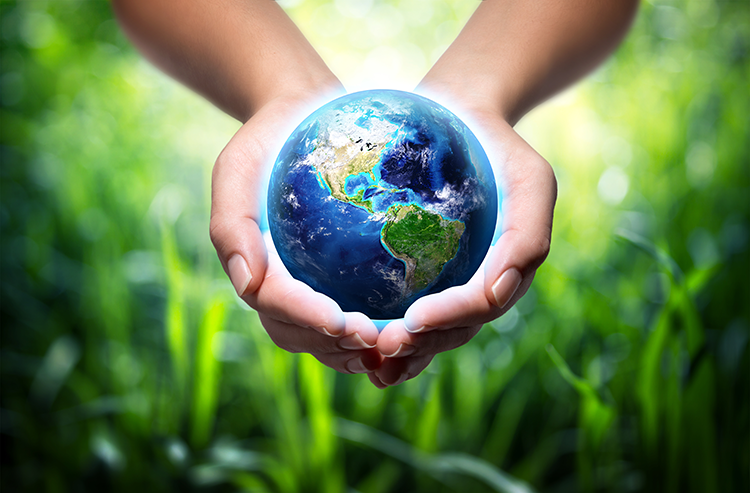In Earth Science students will study models and how scientists use models and data to study the Earth. Students will learn how models can help in explaining the cyclic pattern of the moon, the reason for eclipses, and how seasons occur. Students will explore how models can also be used to study the effect that gravity has in our solar system as well as in our galaxy. Data from instruments shed light on the scale properties of objects in our system, such as the relative size of the Earth’s crust and its atmosphere and the orbital radius of planets and moons. Evidence from rock layers and fossils have been heavily used to construct the geologic time scale, going all the way back to 4.6 billion years ago. Students will also use evidence gathered by scientists to describe past plate motions and how the Earth’s surface has changed over time. In addition, students will learn how water cycles through Earth and its atmosphere and the factors that contribute to our weather and climate. Students will apply the concepts learned throughout the course to the forecasting of natural hazards, the causes of global warming, and how we can minimize our impact on the environment.

